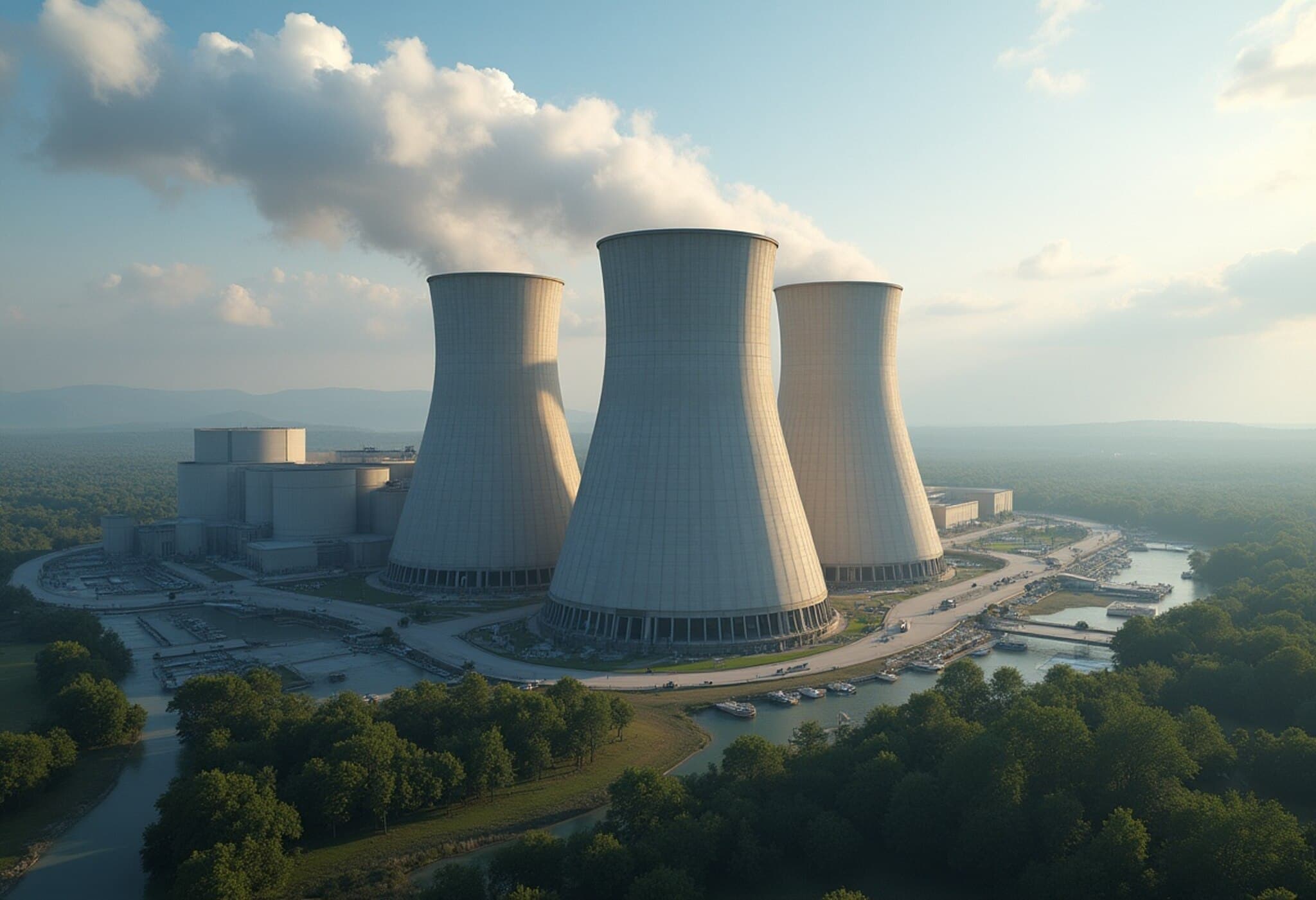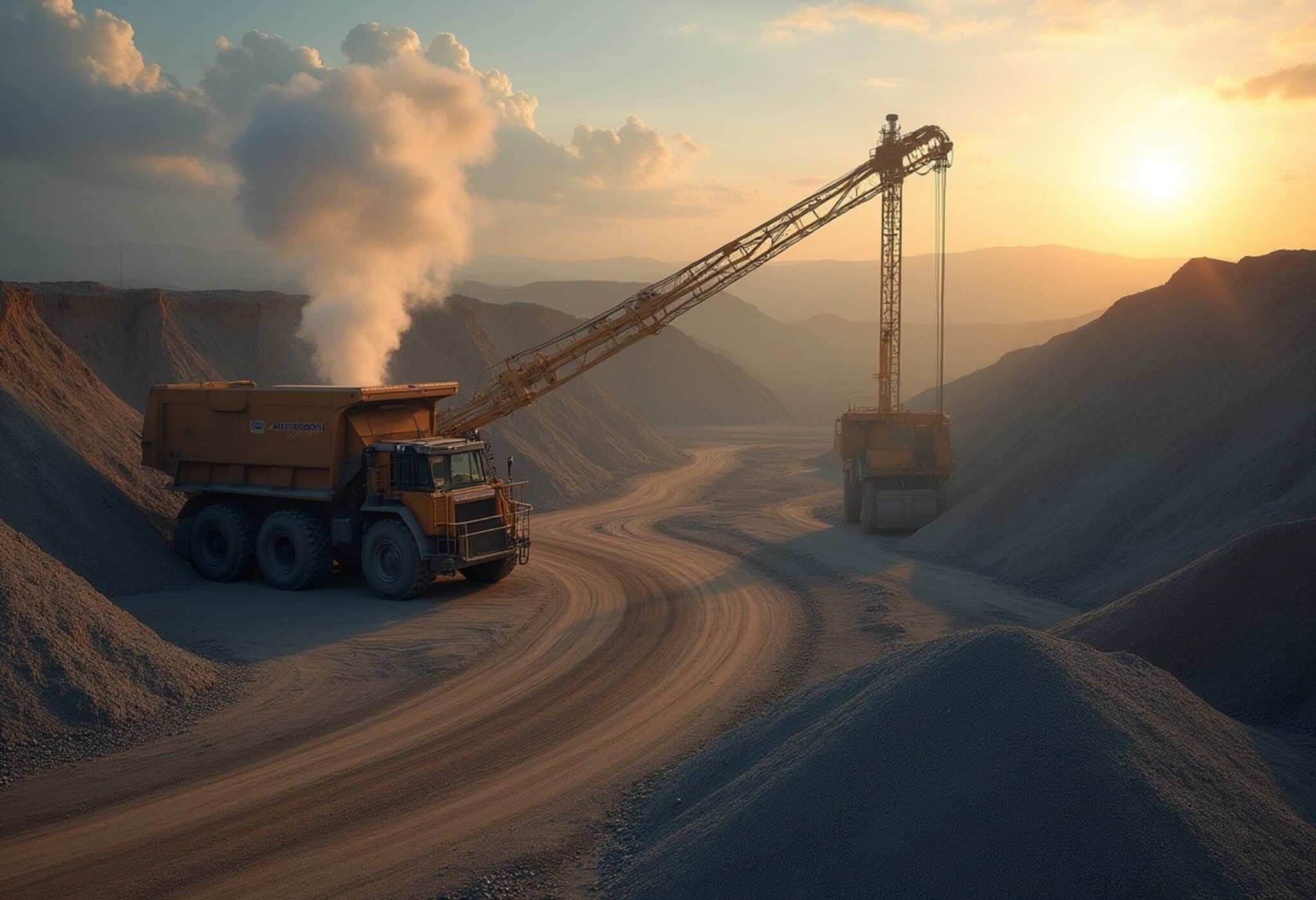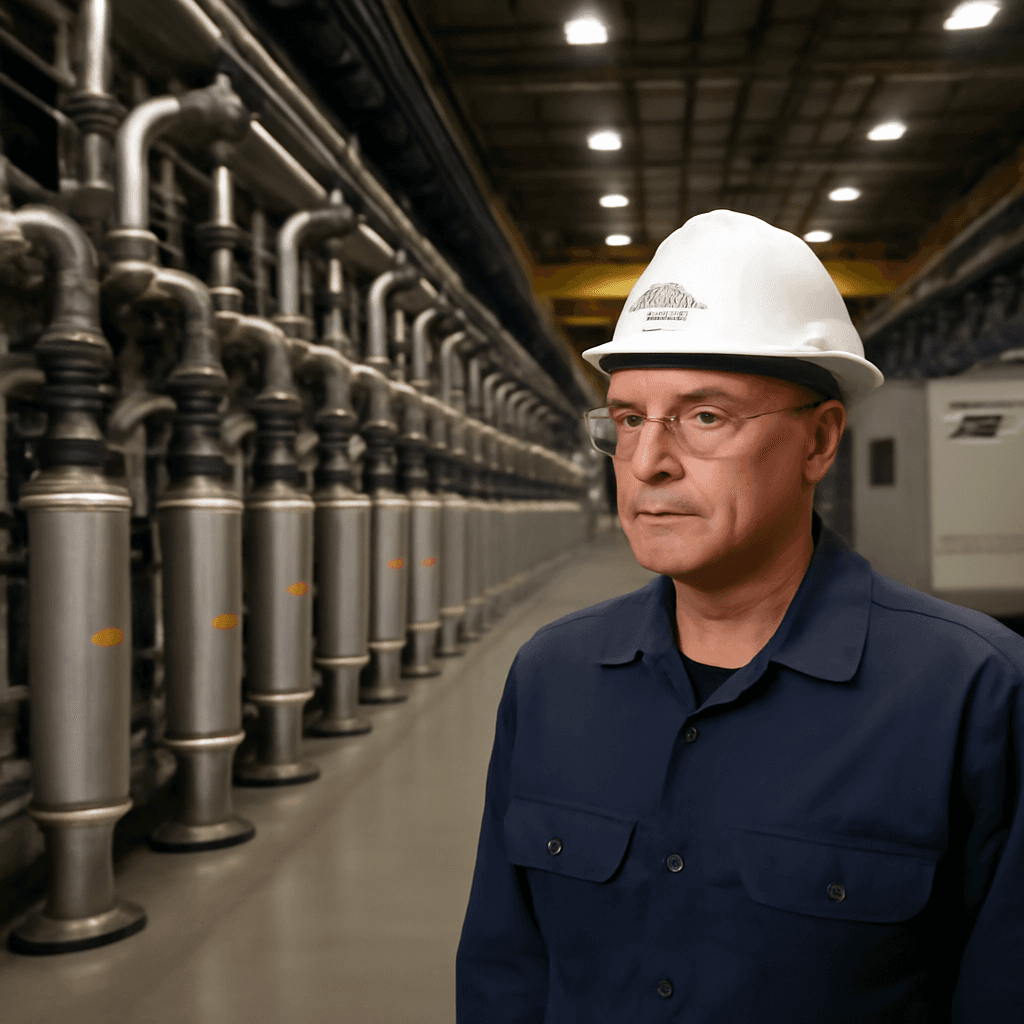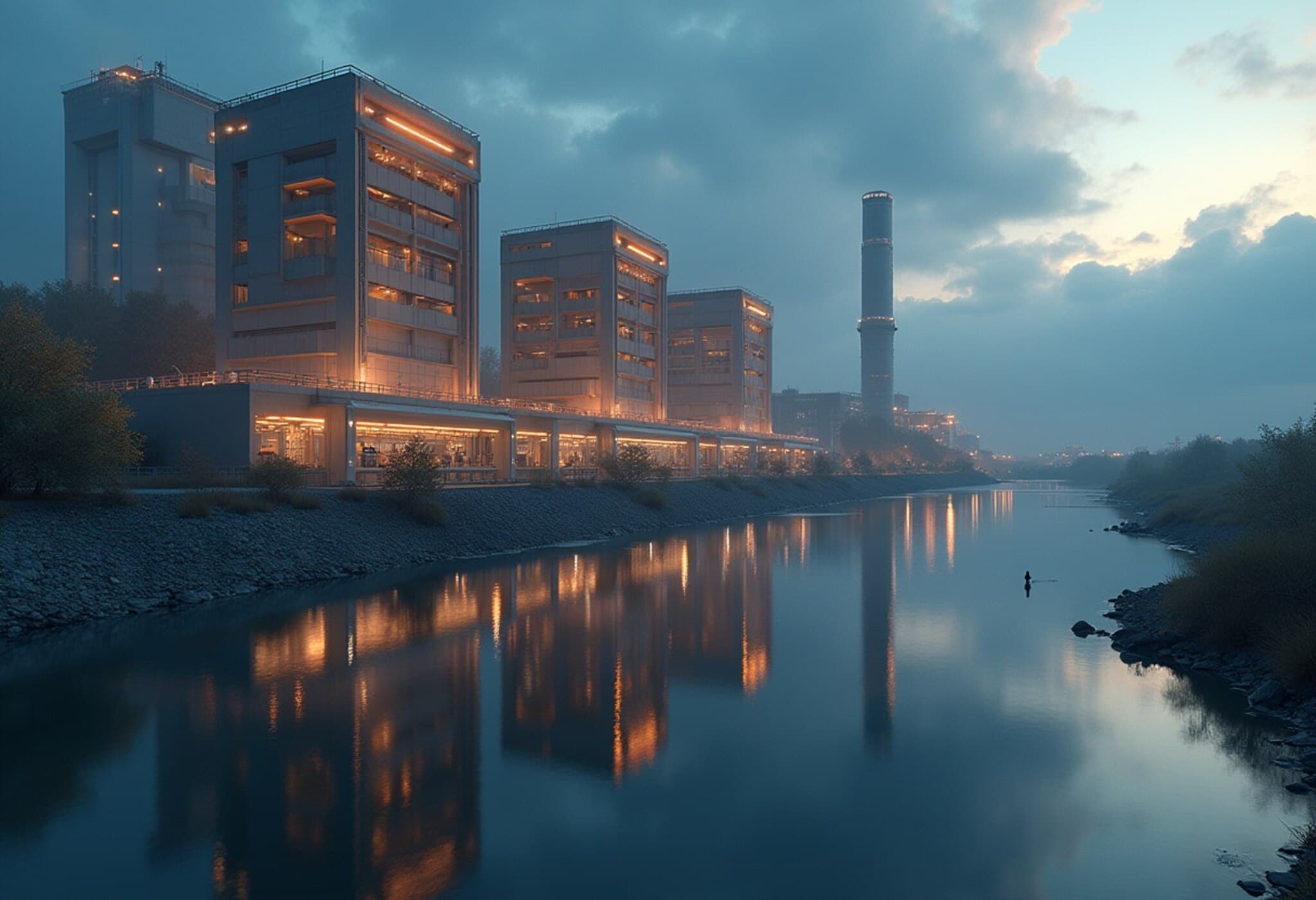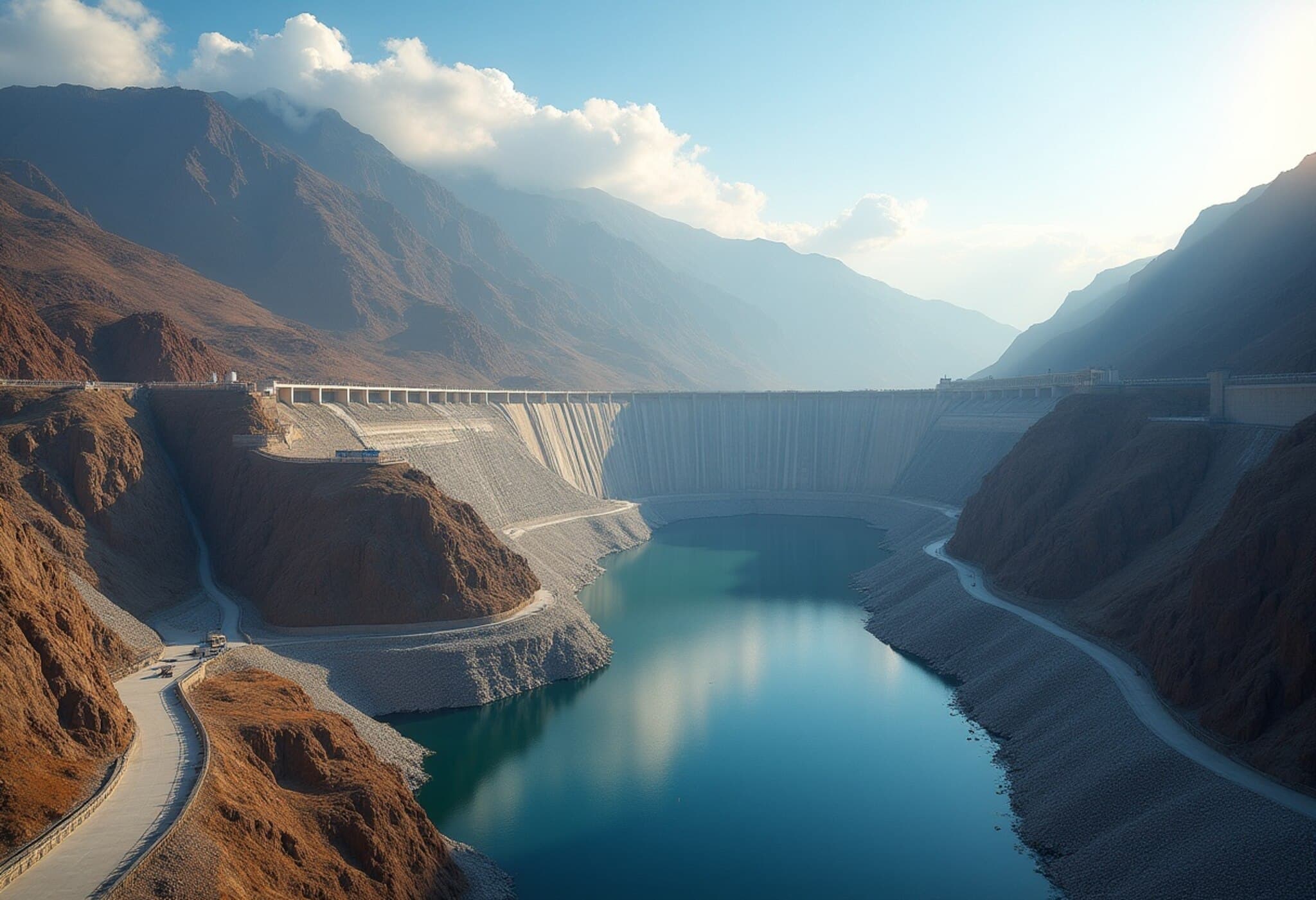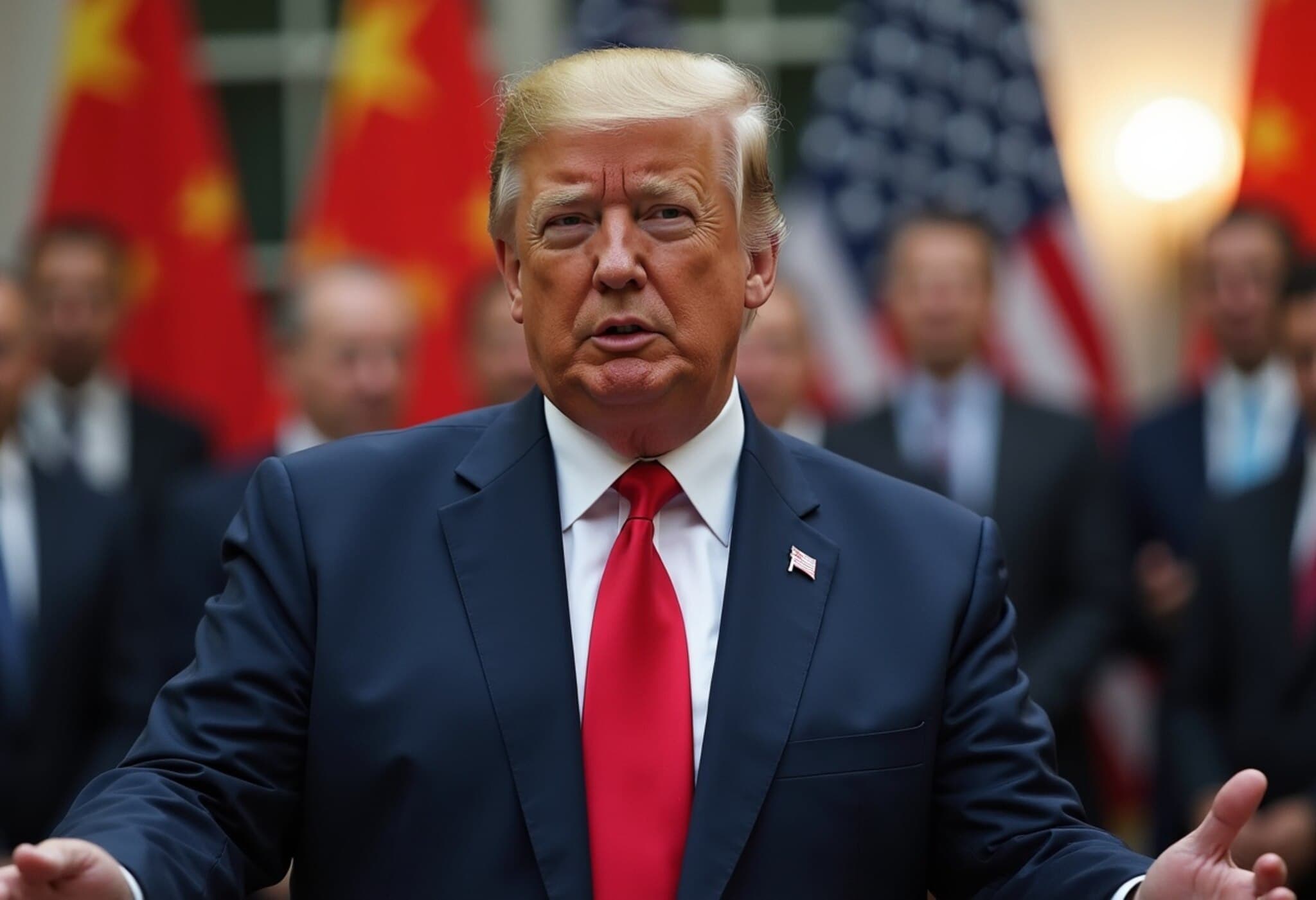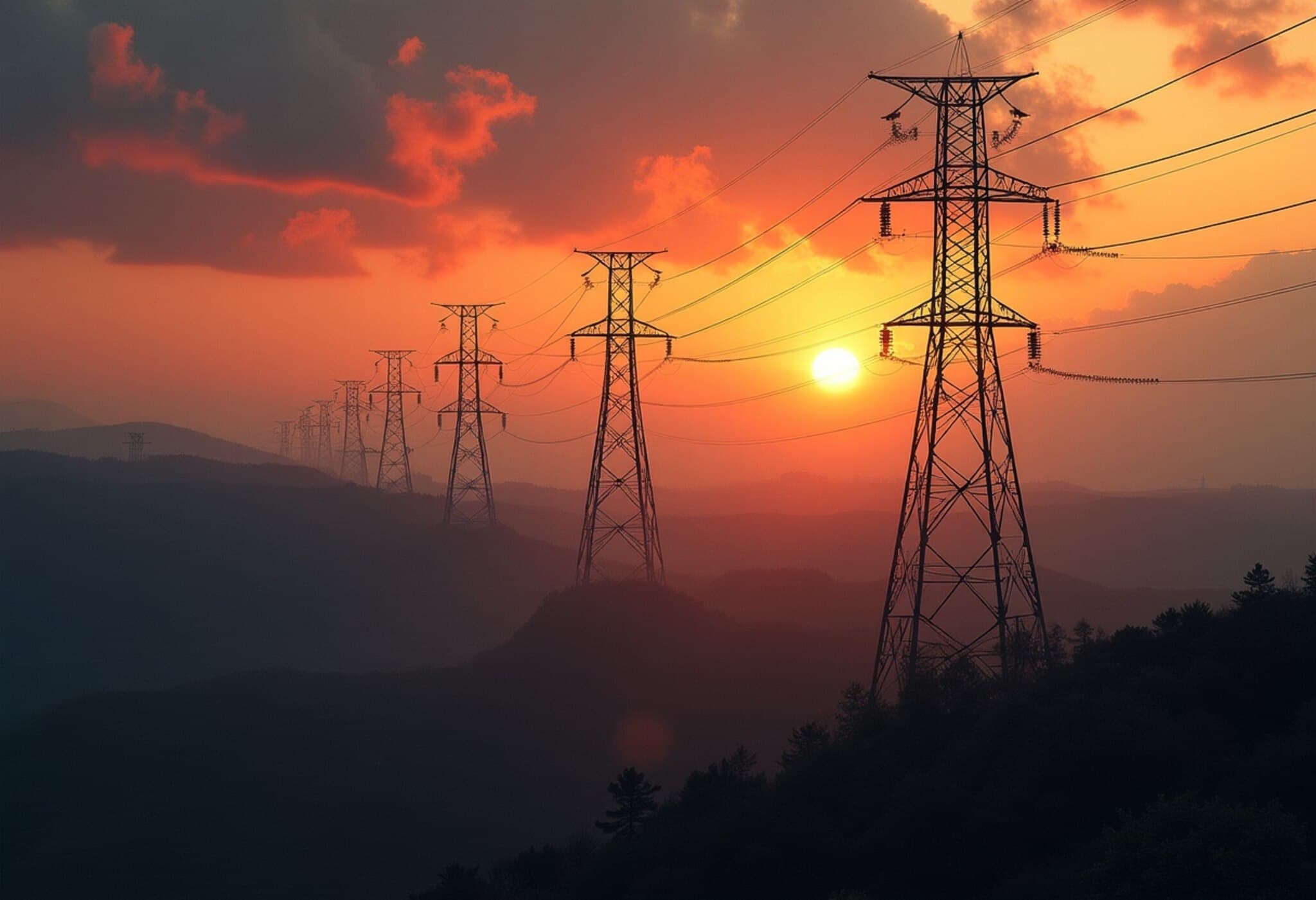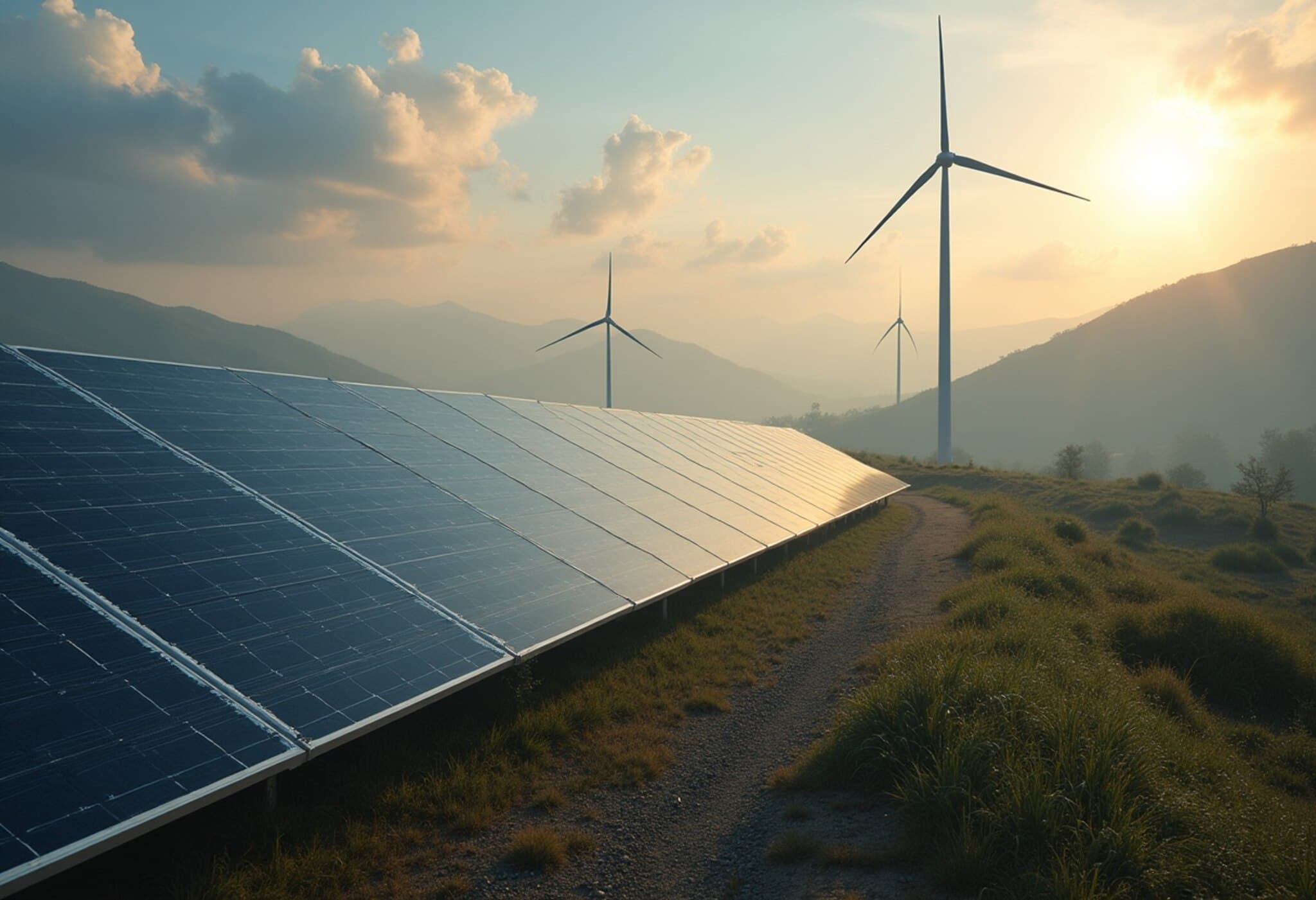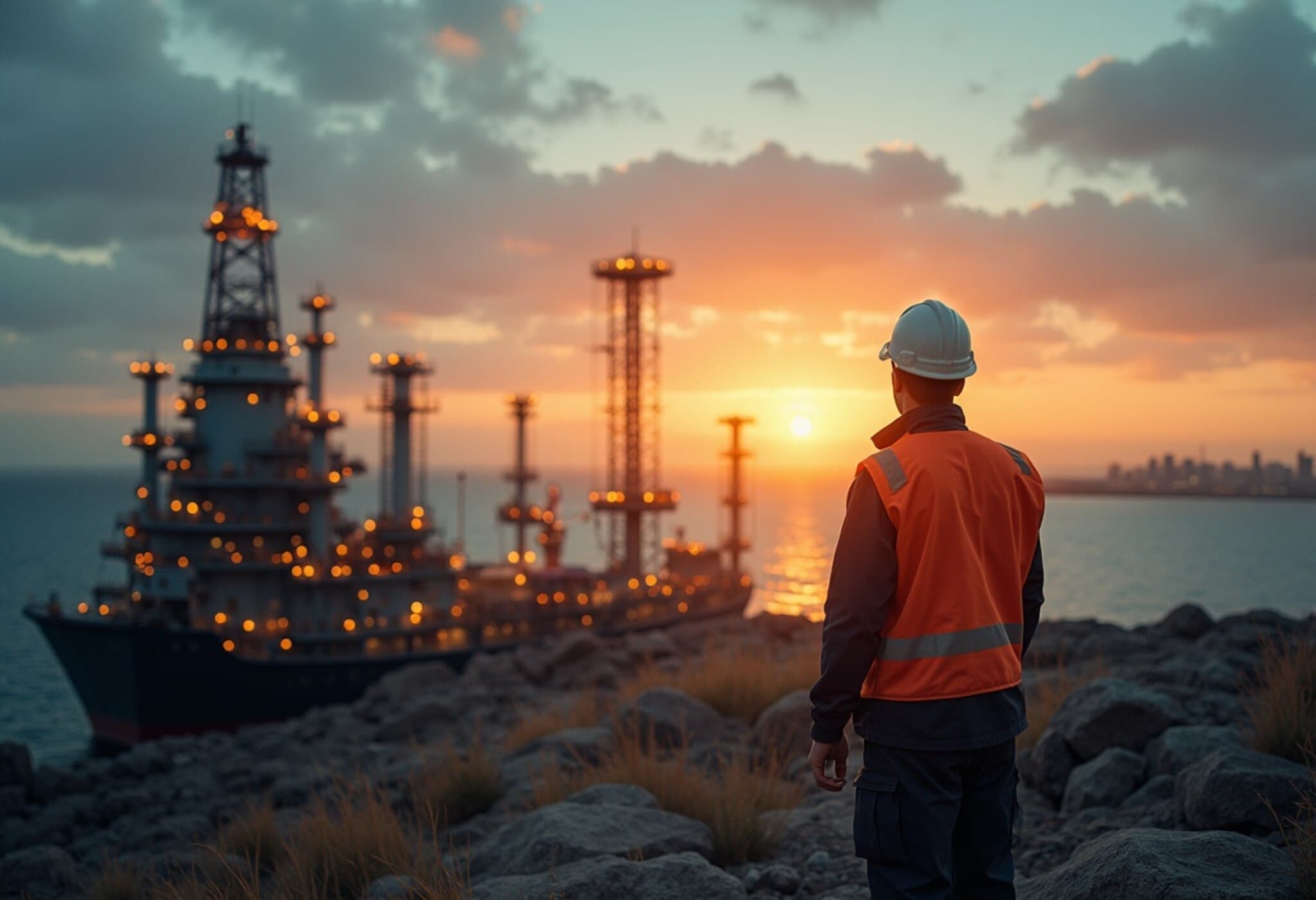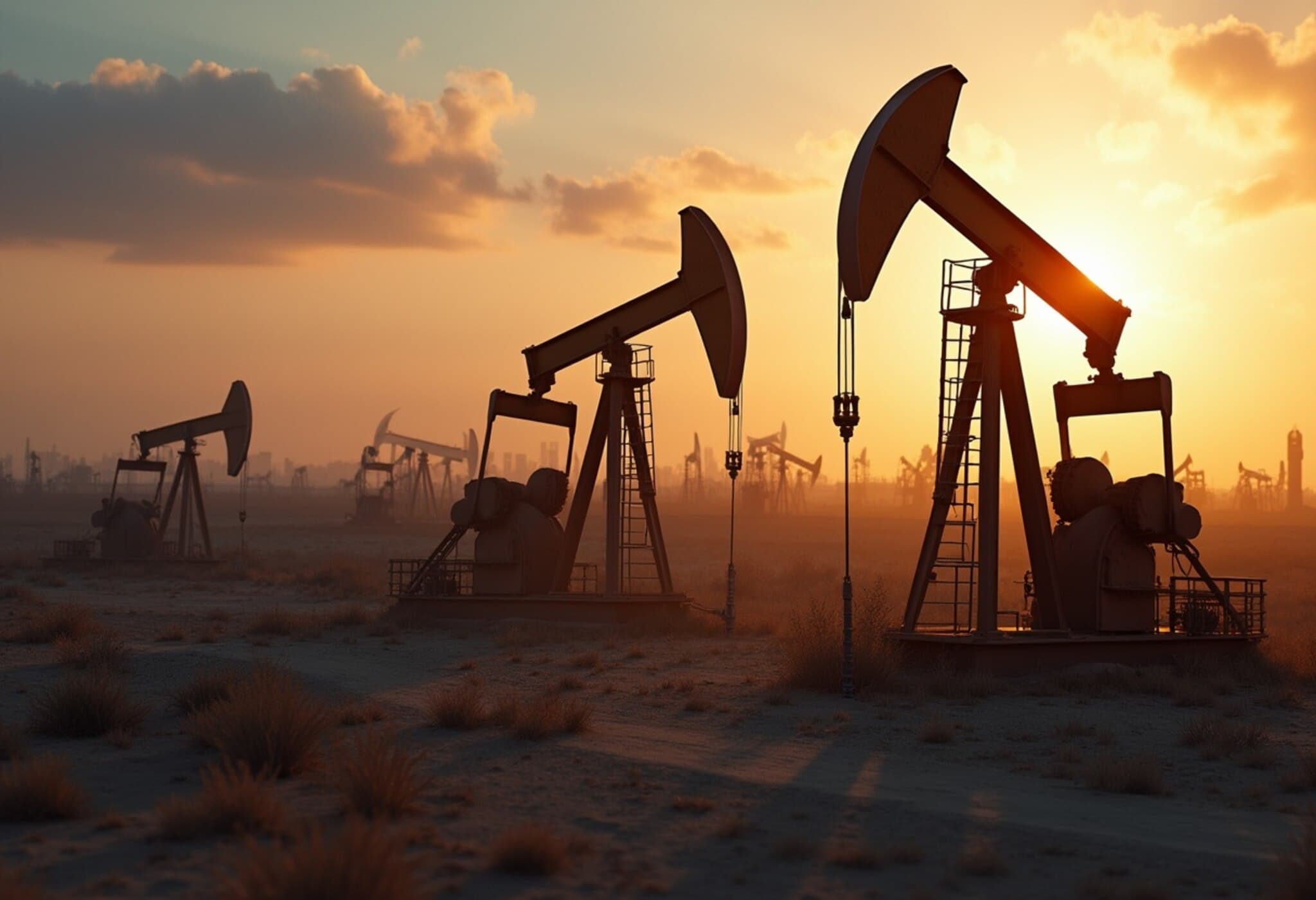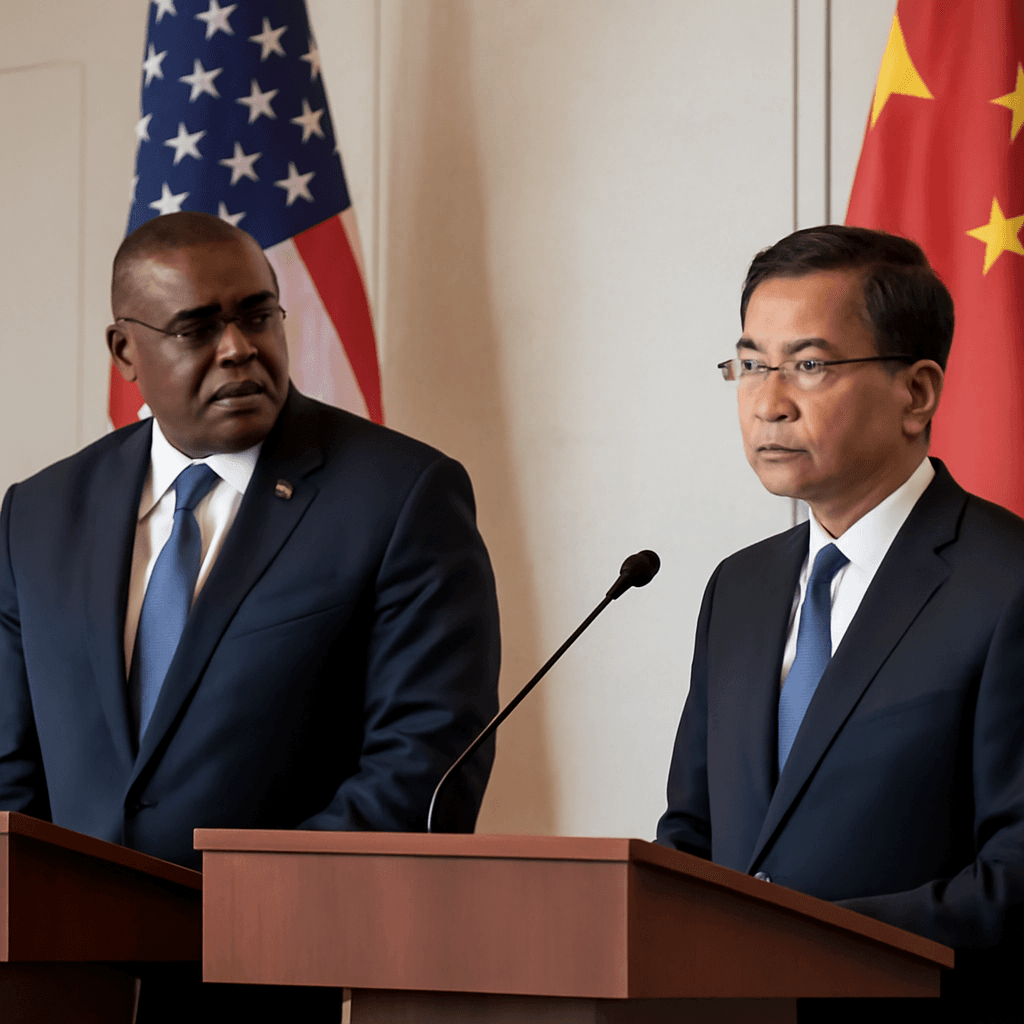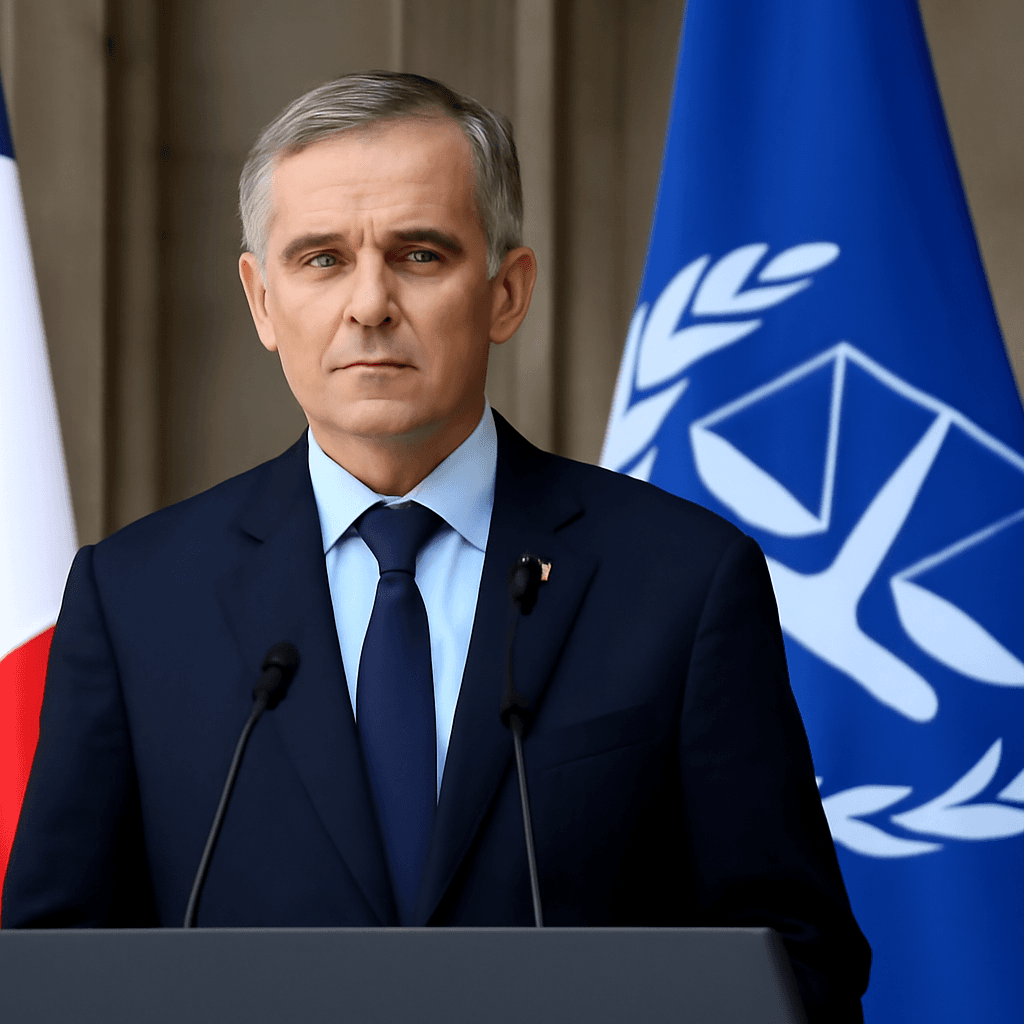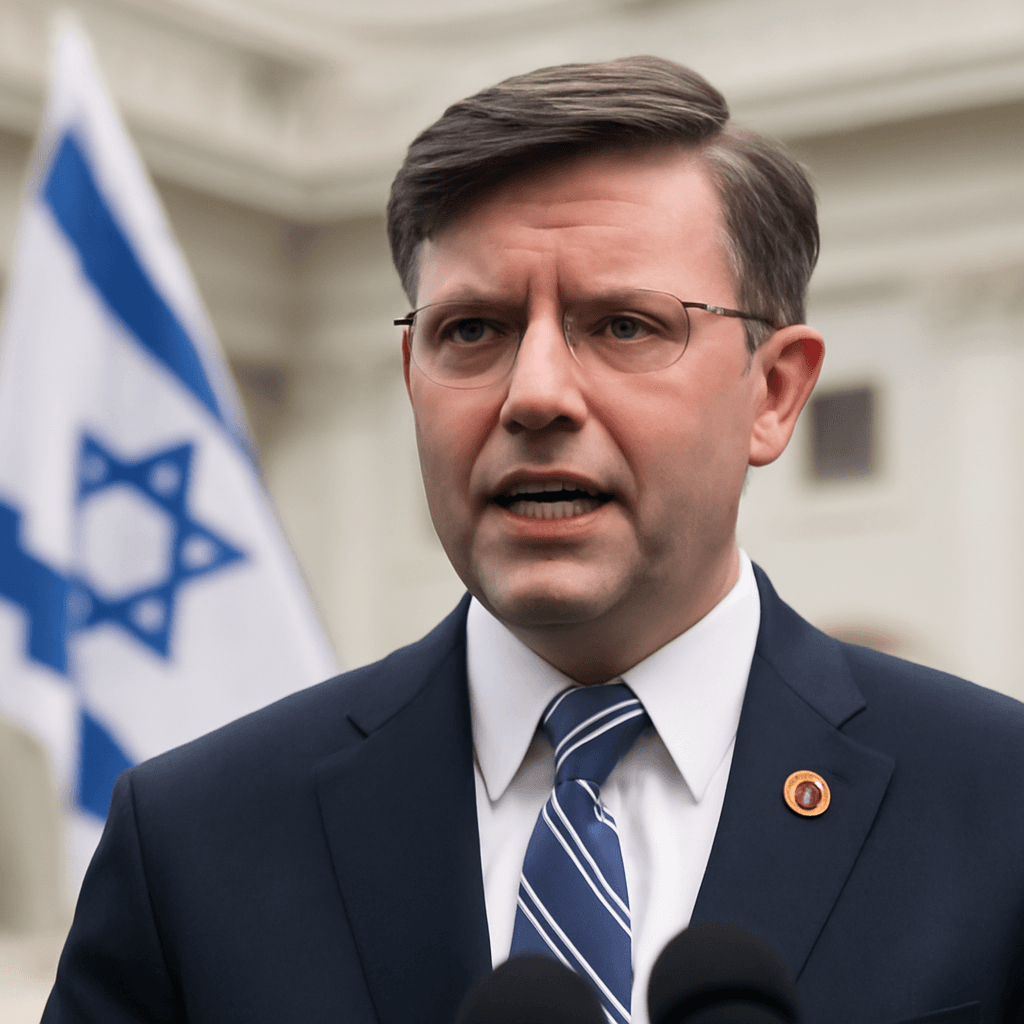Westinghouse Commits to Building 10 Large Nuclear Reactors Across the U.S.
In a move signaling renewed confidence in nuclear energy’s role in America’s clean energy future, Westinghouse Electric Company’s interim CEO, Dan Sumner, announced plans to initiate construction on 10 large-scale AP1000 nuclear reactors by 2030. The announcement took place during a prominent conference focused on energy and artificial intelligence at Carnegie Mellon University, underlining the intersecting themes of technological innovation and energy infrastructure.
Powering America’s Energy Goals with Advanced Nuclear Technology
The AP1000 reactor is Westinghouse’s flagship design, capable of producing enough electricity to serve more than 750,000 homes. By scaling up to 10 reactors nationwide, Westinghouse projects an injection of roughly $75 billion in economic value across the United States, with $6 billion expected specifically in Pennsylvania, where the conference was held.
Dan Sumner emphasized that modern nuclear power plants like the AP1000 will be critical in diversifying America’s energy portfolio — especially as the nation aims to reduce carbon emissions and achieve energy independence.
Context: A Renewed Focus on Nuclear Power in the U.S.
This announcement dovetails with recent federal ambitions. In May, then-President Donald Trump signed directives targeting a fourfold increase in nuclear power capacity by 2050. His directives called for at least 10 new nuclear reactors to be under construction within that timeframe, and a substantial overhaul of the U.S. Nuclear Regulatory Commission’s processes to accelerate deployment.
Historically, nuclear power plant construction in the U.S. has faced significant challenges. Since 1990, only two new reactors — both Westinghouse AP1000 models — were built at Plant Vogtle in Waynesboro, Georgia. However, those projects endured massive delays and cost overruns, ballooning to $18 billion over budget and seven years behind schedule.
Given this history, Westinghouse’s future plans will likely hinge on lessons learned and the integration of new technologies aimed at streamlining construction and operations.
Leveraging AI to Revolutionize Nuclear Plant Construction
One notable innovation announced during the conference involves Westinghouse’s plan to deploy artificial intelligence to make the construction and commissioning of AP1000 reactors more efficient and standardized. The company envisions AI-driven workflows enabling an “efficient, repeatable process,” potentially curbing the costly overruns and delays that have plagued prior builds.
This strategy not only aligns with broader trends in construction and manufacturing modernization but also reflects the increasing intersection of data science and critical infrastructure development.
Economic and Policy Implications
- Investment Surge: Alongside Westinghouse, conference organizers reported that technology, energy, and financial leaders unveiled more than $90 billion in planned investments focusing on data centers and power infrastructure, signaling strong institutional commitment.
- Job Creation Potential: Large-scale nuclear projects are labor-intensive and can stimulate thousands of direct and indirect jobs, particularly in manufacturing, engineering, and construction sectors.
- Regulatory Landscape: The federal government’s push for faster nuclear development includes revisiting outdated guidelines with an eye toward safety, environmental responsibility, and expedited approvals.
Looking Ahead: Opportunities and Challenges
Westinghouse's announcement marks a pivotal inflection point in U.S. nuclear energy policy and development. The ambition to build 10 reactors within a decade is both bold and unprecedented in recent decades. While technological advancements and AI integration offer promising pathways to reduce historical inefficiencies, industry watchers remain cautious given the scale and complexity associated with nuclear infrastructure.
The broader energy transition landscape—with growing demand for clean, reliable power—creates a pressing context for these developments. Nuclear energy’s low-carbon emissions position it as a key player in meeting both climate goals and energy security demands, particularly amid geopolitical uncertainties affecting fossil fuel supply chains.
Editor’s Note
Westinghouse’s ambitious plan to construct 10 AP1000 nuclear reactors by 2030 heralds a potential renaissance in U.S. nuclear power, intersecting technology innovation with energy policy. However, the path forward is fraught with challenges—from regulatory hurdles to overcoming past project delays. Stakeholders must closely watch how AI integration impacts cost control and construction timelines. As nuclear power vies for a central role in the nation’s clean energy future, questions about sustainability, public acceptance, and economic feasibility remain critical. This development opens an important dialogue about America’s energy priorities in an era of climate urgency and technological transformation.

